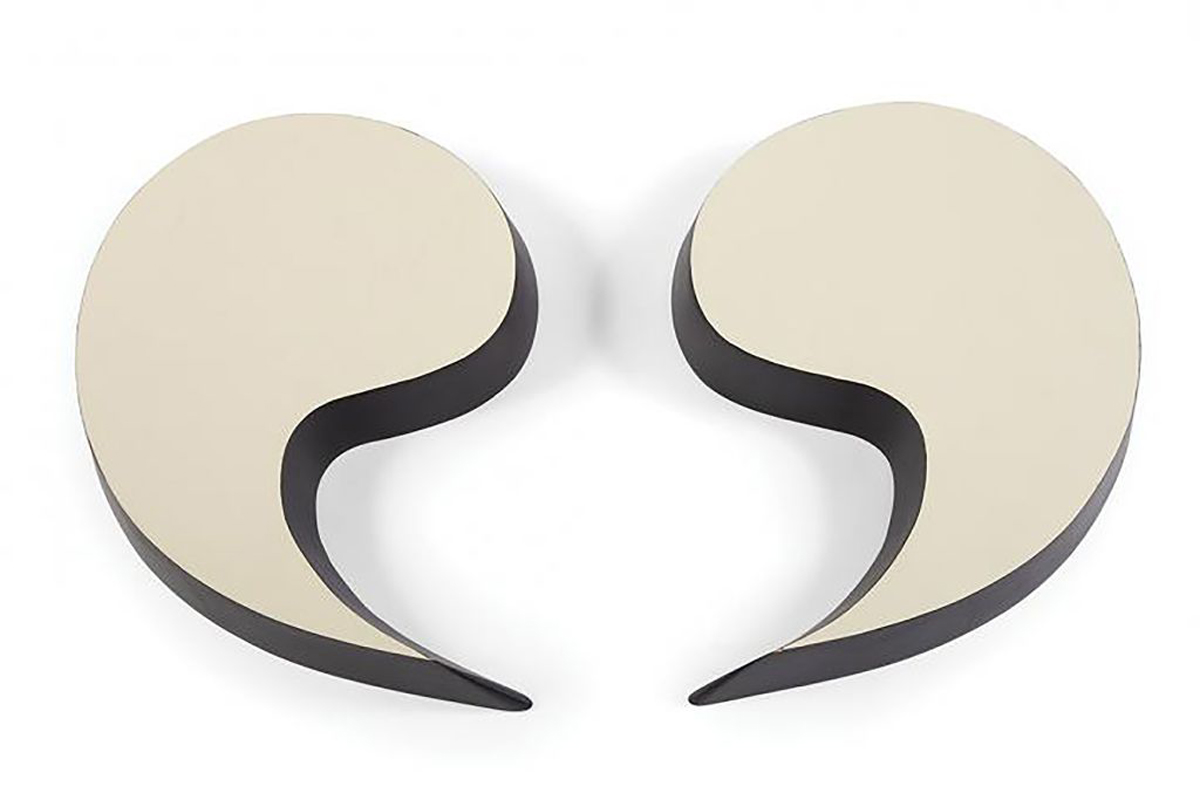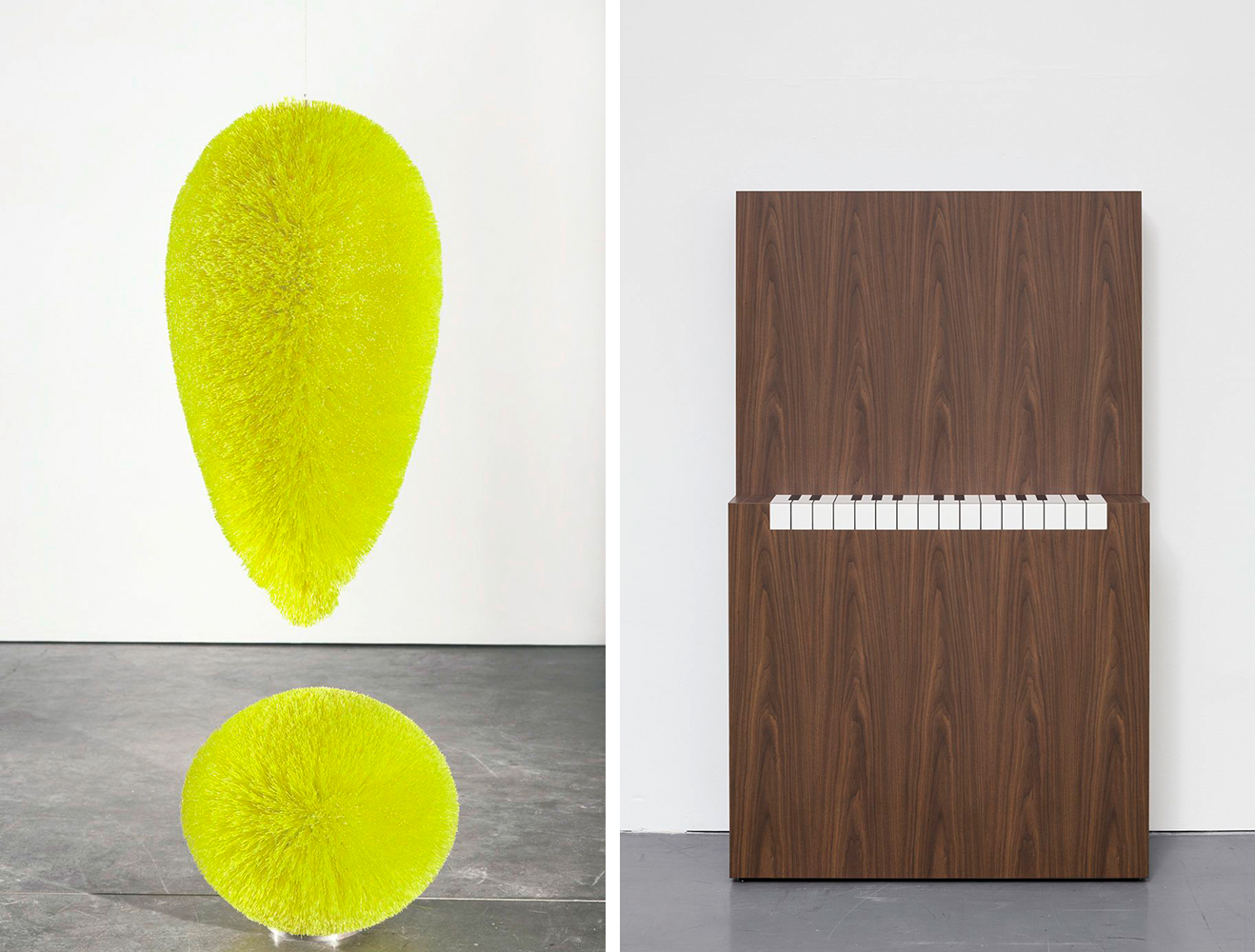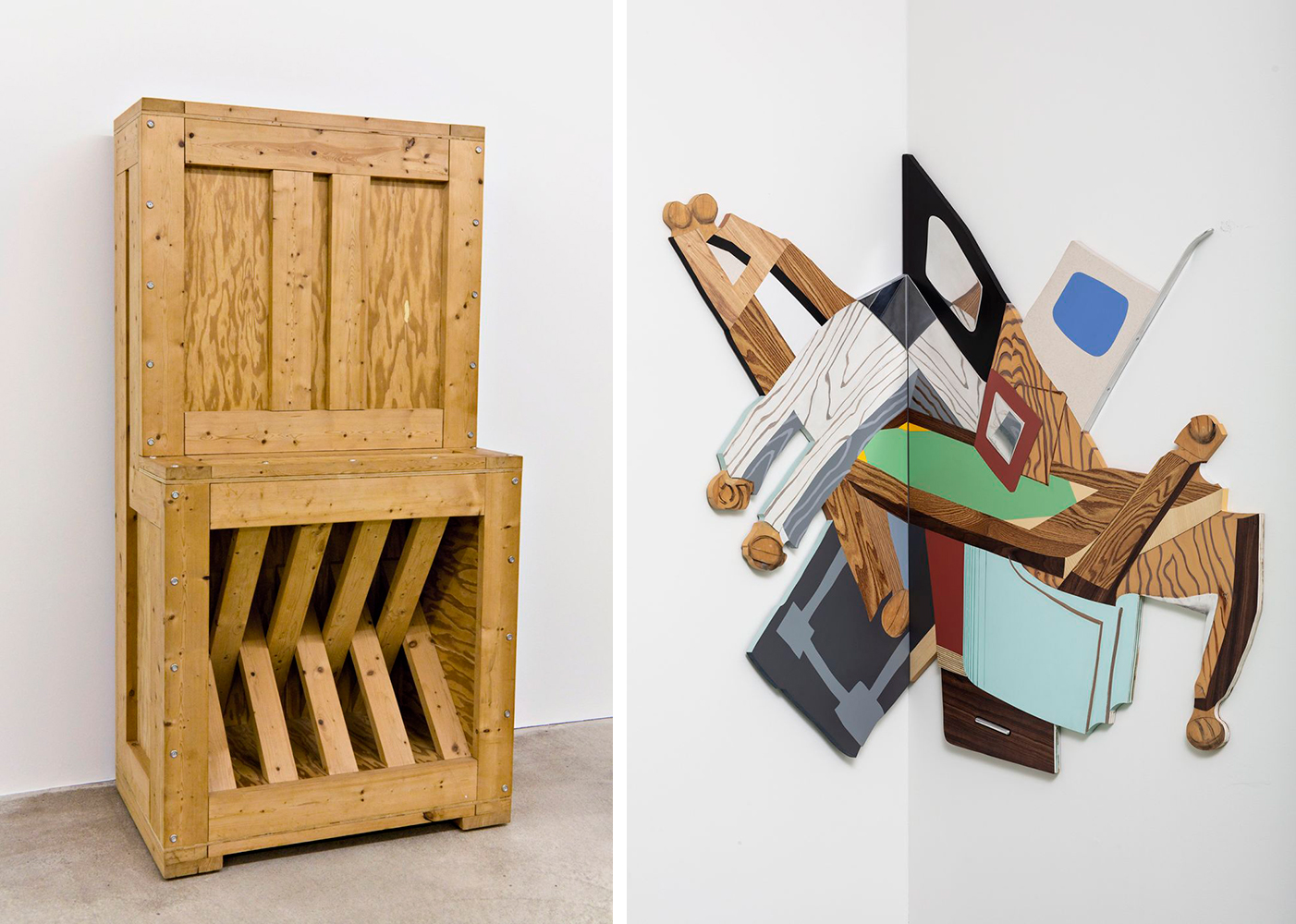ART CITIES: Berlin-Richard Artschwager
 One of the most important artists to emerge during the twentieth century, Richard Artschwager’s playful and diverse oeuvre has influenced generations of younger artists by challenging assumptions about perception and the aesthetic, material and spatial experience of art and the everyday. Spanning over forty years, Artschwager’s practice explored the mediums of sculpture, painting and drawing in order to understand the relationship between art and objects, and the environment they inhabit.
One of the most important artists to emerge during the twentieth century, Richard Artschwager’s playful and diverse oeuvre has influenced generations of younger artists by challenging assumptions about perception and the aesthetic, material and spatial experience of art and the everyday. Spanning over forty years, Artschwager’s practice explored the mediums of sculpture, painting and drawing in order to understand the relationship between art and objects, and the environment they inhabit.
By Efi Michalarou
Photo: Sprüth Magers Gallery Archive
The work of Richard Artschwager has always defied categories and continues to be marked by a spirit of nonconformity. In Honor of the artist’s centennial, Sprüth Magers galley present “Cornered”, a solo exhibition of Richard Artschwager displaying works from his “Crates” (1995) and “Splatter” (2000–08) series, “Formica” sculptures (1964–2008) and a “large-scale painting” (2000) alongside an exuberant “Exclamation Point” (2008), the show offers a synoptic overview of a practice concerned with the habits and mechanics of looking. A dualism between opposing forces is present in much of Artschwager’s work, which often reinterprets everyday objects in unusual and industrial materials such as Formica, Celotex and acrylic bristles. The works on view in the upstairs gallery are marked by polarities such as faux versus real, useful versus useless, and ordinary versus art, informing their choice of material and composition. Cornered, the show’s title, encapsulates Artschwager’s signature dry wit and humor, referencing both the artist’s focused attention on corners as well as alluding to his unwavering individuality. The works echo elements of Pop but lean much closer to the slick, pared-back language of Minimalism, refusing to be cornered and confined by art historical categories. Artschwager, who was himself an avid pianist, featured the motif of the piano in myriad forms throughout his career. “Splatter Piano” (2005) reduces a grand piano to two dimensions and “splatters” it across a corner, the often-neglected space of a room. The object is splayed out to show different viewpoints at the same time and to suggest its three-dimensional form: one side shows the bottom of the instrument, complete with mounted casters; the other side represents the top board with a yellow book of scores perched on the music stand. Challenging systems of perception, corner works such as this one and “Splatter Office” (2000) conflate and confuse the pictorial and sculptural. “RA-19” (1995), a sturdy-looking box that appears to conceal a packed object waiting to be installed, its outline suggesting one of Artschwager’s piano sculptures, is empty. Belonging to an innovative body of sculpture based on handmade wooden crates used to ship and store works of art, the crate simultaneously implies an object’s container and constitutes the work, the subject, itself. A critical comment on the art market and an economy where everything is a commodity, the “Crates” also animate the viewer’s imagination and respond to Magritte’s works that substitute a coffin for the sitter and humorously explore the relationship between things, images and words. In 1966, Artschwager begins to base a series of sculptures on punctuation symbols (quotation and question marks, commas) creating works that are halfway between object and writing. His late sculptures using the exclamation mark are often emphatic in color and large in scale, exemplified by the bristly “Exclamation Point (Chartreuse)”, whose exclamatory nature punctuates the exhibition space. While the Splatter works flatten dimensional objects, here the reverse is the case: the familiar flat symbol is removed from the page and its linguistic context and turned into a tactile object that activates its environment and introduces a sense of disorientation. The presented selection of quirky works outlines the radicalism with which Artschwager questioned materials and perception. Exploring the line between the everyday and art, crossing boundaries between genres and mediums, cornered showcases the artist’s resolutely original work that plays with the peculiarities of objects and spaces.
Photo: Richard Artschwager, Untitled (Quotation Marks), 1980, Formica on wood, in two parts, 39.5 x 28 x 5 cm (each), 15 1/2 x 11x 2 inches (each), © Richard Artschwager Estate, Courtesy Richard Artschwager Estate and Sprüth Magers Gallery
Info: Sprüth Magers Gallery, Oranienburger Straße 18, Berlin, Germany, Duration: 10/2-23/3/2024, Days & Hours: Tue-Sat 11:00-18:00, https://spruethmagers.com/

Right: Richard Artschwager, Untitl Pianofart, 2008, Formica on wood, 167.7 x 101.6 x 33.7 cm, 66 x 40 x 13 1/4 inches, © Richard Artschwager Estate, Courtesy Richard Artschwager Estate and Sprüth Magers Gallery




Right: Richard Artschwager, Splatter office, 2000, Acrylic on wood, formica, aluminium, 150 x 180 cm, 59 x 70 7/8 inches, © Richard Artschwager Estate, Courtesy Richard Artschwager Estate and Sprüth Magers Gallery
